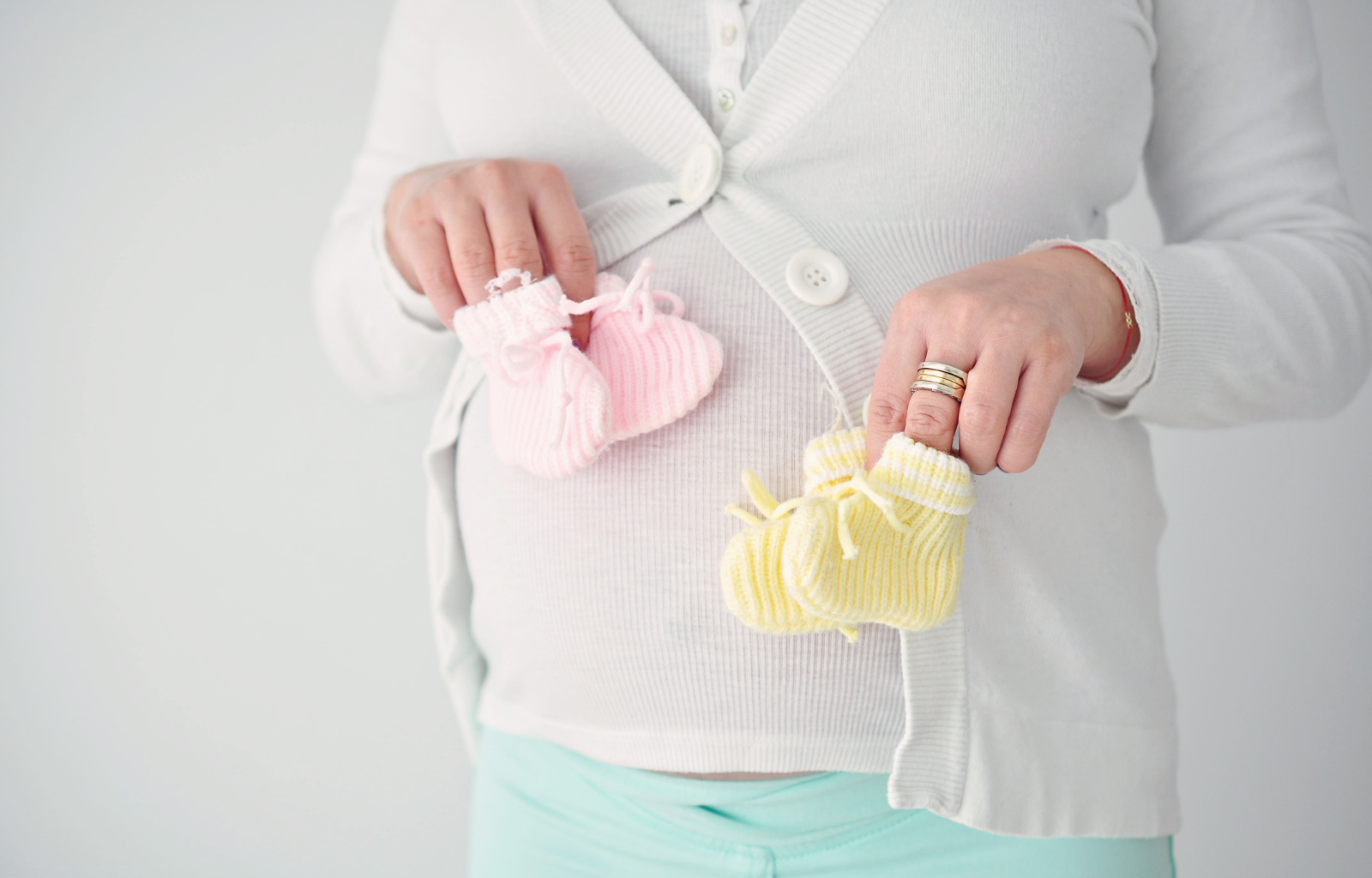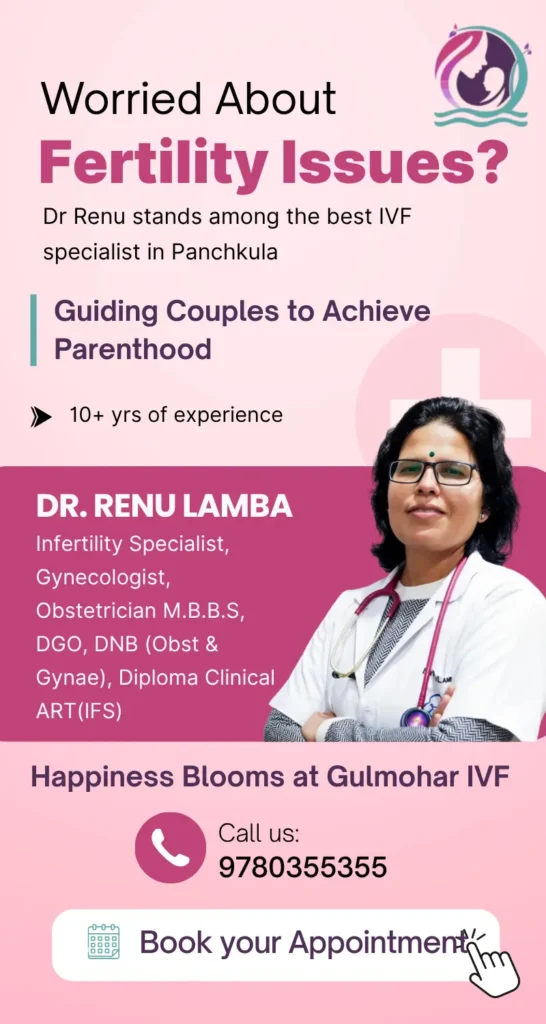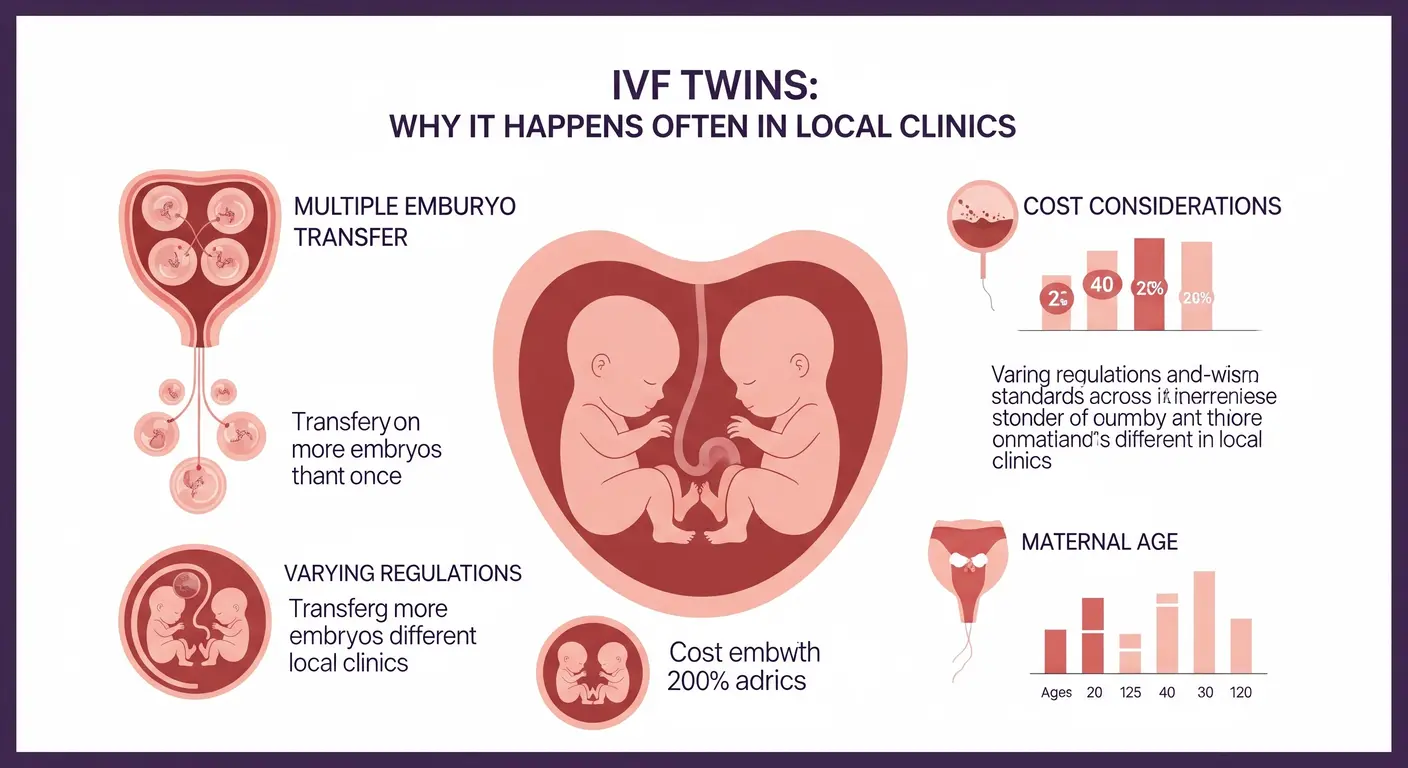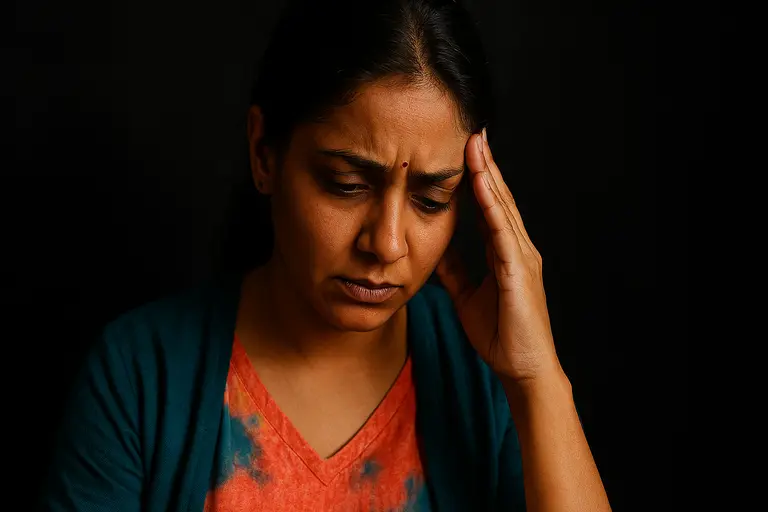“You’re 39, with blocked tubes and low AMH. You should consider adoption.” That’s what one doctor told Meena* when she first sought fertility help in Panchkula.
She almost gave up.
But something inside her whispered “Try one more time.” That second opinion led her to Gulmohar IVF Panchkula. Two years later, she walked out of the clinic with two tiny bundles of joy in her arms twins.
This is not just Meena’s story. This is a story of hundreds of women in Panchkula who were told it was “too late,” “too risky,” or “too difficult.” And yet, science backed by care proved otherwise.
When Every Report Says “No” — But One Doctor Says “Let’s Try”
When Meena and her husband visited Dr. Renu Lamba, they were emotionally drained. Multiple failed IUIs. Low ovarian reserve. Failed HSG. And growing pressure from in-laws.
But Dr. Renu didn’t flinch. Instead, she said, “Let’s assess everything not just your reports, but your hopes too.”
At Gulmohar IVF, the couple underwent:
- AMH and antral follicle count evaluation
- Semen DNA fragmentation test
- Hysteroscopy to check uterine health
What followed was not just IVF, it was a deeply personalized plan tailored to their biology and story.
The Twin Miracle — A High-Risk IVF That Worked
With only 3 follicles responding, the chances seemed slim. But one high-grade blastocyst was transferred. And one frozen embryo saved.
Two weeks late, a positive beta hCG. At 7 weeks, the scan revealed not one — but two heartbeats.
“I cried for 10 minutes on that scan table,” Meena said. “I couldn’t believe it. The same body I was ashamed of… was now growing two lives.”
What Makes Twin Pregnancies Common After IVF?
In IVF, multiple embryos are sometimes transferred — especially when the success odds are low due to age or egg quality. This increases the chance of implantation.
According to NIH studies, IVF has a 20–30% chance of resulting in twin pregnancies when two embryos are transferred.
At Gulmohar IVF, embryo number is carefully selected based on:
- Maternal age
- Embryo quality
- Uterine health
- Couple’s consent
Is It Safe to Carry Twins After 35?
Yes, but with close monitoring. Dr. Renu closely tracks patients with twin pregnancies for:
- Gestational diabetes
- Preterm labor
- High blood pressure
- Fetal growth differences
Meena’s pregnancy was high-risk, but with regular scans, nutrition plans, and emotional support, she safely delivered two healthy babies via C-section at 36 weeks.
The Emotional Side: Guilt, Hope, And Everything In Between
Meena confessed something many women silently carry — “I used to feel guilty every time I saw my husband avoid baby conversations. I felt like I was failing him.”
IVF is not just medical. It’s emotional. At Gulmohar IVF, couples are offered counselling at every step — so they don’t walk through this storm alone.
“There’s medicine, and then there’s trust. Gulmohar gave me both.” — Meena
“Even a 1% chance is still a chance. Take it.”
When Should You Consider IVF, Even If You’ve Been Told It Won’t Work?
If you have:
- Low AMH or poor ovarian reserve
- Blocked or removed fallopian tubes
- Unexplained infertility after 2+ years
- Multiple failed IUI cycles
…don’t give up. Get a second opinion from a fertility expert who believes in looking at the whole picture — like Dr. Renu Lamba does at Gulmohar IVF.
What Makes Gulmohar IVF Different?
- Personalized protocols: No one-size-fits-all plans
- Transparency: You’ll understand every step
- Advanced technology: Time-lapse embryo culture, ERA, sperm DNA testing
- Emotional care: You’re seen, heard, and supported
The Final Scan: Two Babies, One Victory
When Meena returned for her final postnatal checkup, the staff lined up to see the twins. From “you can’t” to “you did” that hallway echoed with quiet celebration.
It wasn’t just about science. It was about hope, effort, and a team that never stopped believing.
Want to speak to a fertility expert? Click here to book a private consultation with Dr. Renu Lamba at Gulmohar IVF.
Disclaimer: This article is for educational purposes only. Please consult a qualified fertility specialist for diagnosis and treatment options.










